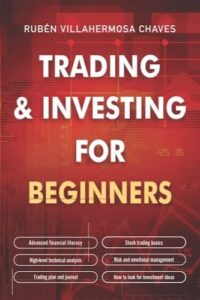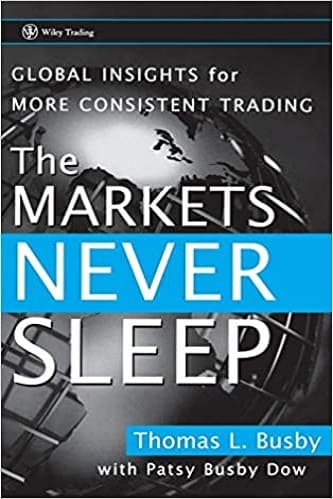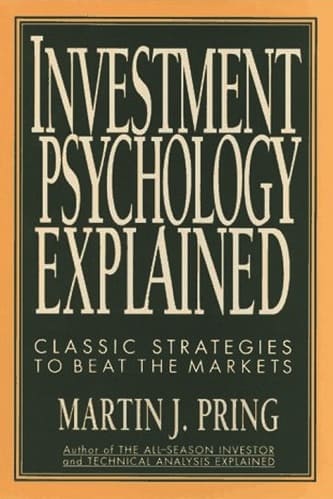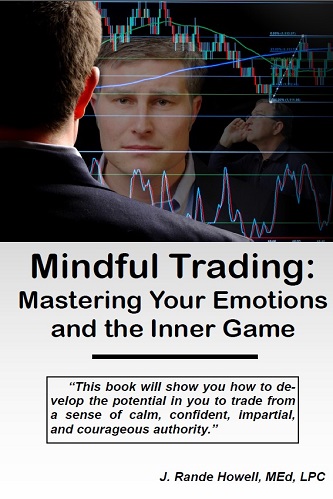Articles
Putting A Stop To It By David Garrard
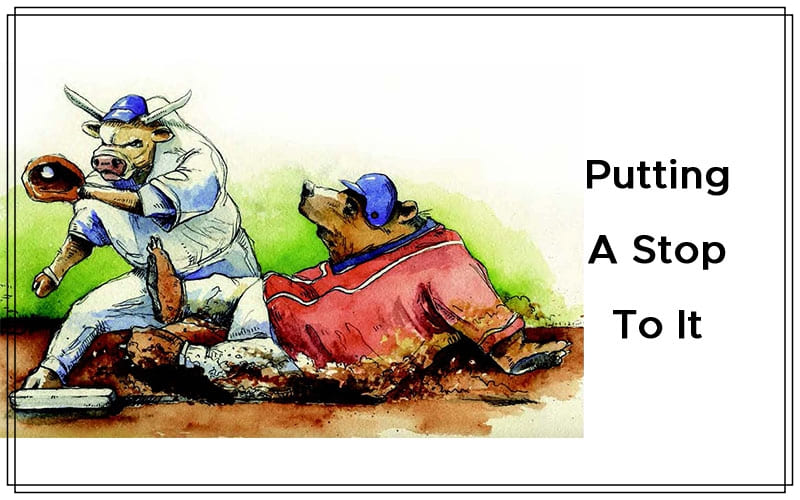
A greater focus on your exit strategy and less on your entry may make a big difference in your overall trading results. Investors and traders alike devote a considerable amount of time focusing on what investments to make and what tools to use to make these investments. Novices often spend very little time planning the exit strategy. This is the key difference between seasoned traders and novices. In fact, a greater focus on the exit and less on the entry might make the real difference in your overall trading effectiveness.
WHY USE STOPS?
When a loss is posted, we always measure it relative to our original holdings. A similar measure is calculated when a profit is posted. It is important to understand the asymmetry built into a loss/win cycle. Figure 1 shows that if you post a loss of 10%, it will take a percentage gain of 11.1% to recover. Okay, you can live with that as a recovery target. So what happens if you post a loss of 30%? It requires a recovery of 43% above your present net holdings to get back to your original account value. What happens if you lose 80% of your holdings? Well, that will require a 400% price move to recover your losses — not much chance of that in today’s markets. The lesson here is to cut your losses early. That is where the proficient use of stop alerts comes in.
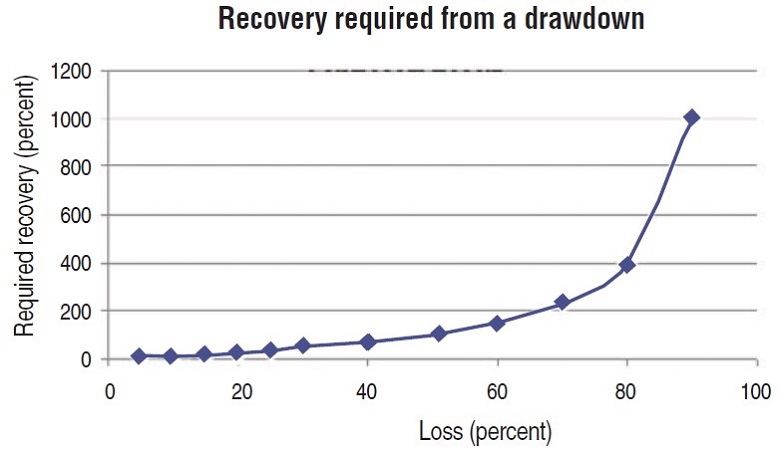
FIGURE 1: RECOVERY FROM A DRAWDOWN. A loss of 10% will take a percentage gain of 11.1% to recover. A loss of 30% requires a recovery of 43%. A loss of 80% of your holdings requires a 400% price move to recover your losses.
Consistently deploying stops can be painful, but it will allow you to know the maximum limit of your loss in advance, moving you away from later stage fear–based decision-making that can occur when a trade goes against you. It’s already been decided in your trading plan; you exit with a controlled loss. In fact, if you develop good exit techniques based on trailing stops, you can also control the greed that often sets in when trades go in your direction. You can often end up with more profit due to systematic usage of stops.
There are all sorts of complicated mechanisms, but as is common in most investing situations, simple is best. We’ll review some of these.
STATIC STOP-LOSSES
The simplest stop type is normally referred to as a “stop-loss,” “protective stop,” or “hard stop.” It is usually implemented as a static stop level introduced upon entry into a position. These stops can be either percentage price offset based, or dollar loss amounts defined by an overall portfolio risk assessment. For simplicity, most traders use a percentage offset approach. Depending on your trading style, you might calculate a stop price based on an acceptable percentage loss. If you are a short-term trader, you likely will use a tighter percentage, whereas longer-term investors will use a looser percentage stop.
Suggested Books and Courses About Money Management
Very often, if the price moves in the desired direction sufficiently, the stop-loss level can then be set at the entry price (plus commission costs) and held there. This is a conservative approach to risk mitigation that ensures that you do not lose any money on the particular trade.
Some traders may place protective stops based on support and resistance levels. This has the added advantage of forcing you to evaluate the relative position of these levels prior to trade entry. By reviewing these levels relative to the present price, and evaluating the potential reward and risk absorbed before the levels are reached, you have effectively performed a rudimentary risk/reward analysis. If the calculated potential reward is greater than the potential risk defined by the support and resistance levels, then you have further reason to execute the trade. For a simple and low-maintenance stop methodology, enter your stop just below the recent support (long positions) or just above the recent resistance level (short positions).
VOLATILITY AND TRAILING STOPS
If you feel you are ready for more complex stop methods, spend some time looking at the recent price volatility of the stock you are considering. Investigate the average true range (ATR) indicator as a tool for price volatility evaluation. Your goal is to specify a percentage offset that stays outside the noise/deviations that the daily stock price exhibits. More complex approaches use dynamic volatility and an evaluation of standard deviation of the price series to offer loose, medium, and tight stop recommendations (Figure 2).
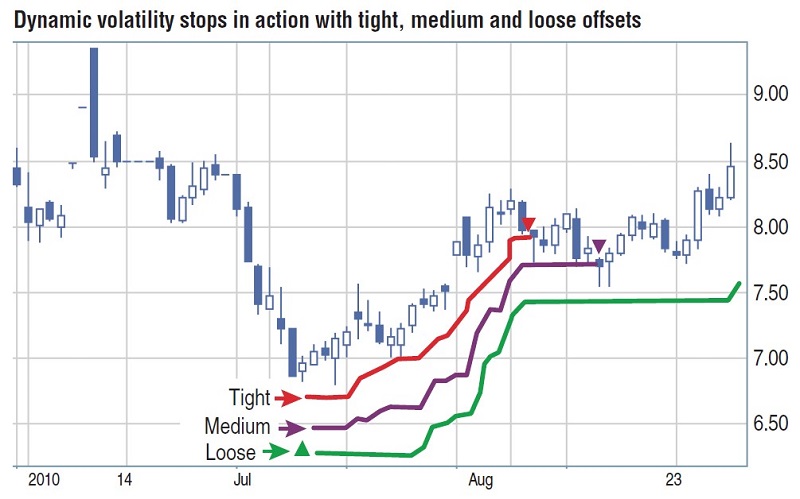
FIGURE 2: VOLATILITY AND TRAILING STOPS. Here you see the application of a more complex approach to stops using dynamic volatility and an evaluation of standard deviations of the price series. Note that there are loose, medium, and tight stop levels.
Volatility stops work best in trending environments. Use a trend indicator such as a moving average or trendline to determine the direction and extent of the price trend, then trail your open positions using volatility stops. If you did your homework and set your stop outside the noise, this type of stop can minimize the occurrence of undesired exits due to whipsaws. Your personal trading goals also should be used when defining the proximity of the volatility stop. If you are a short-term trader, you might keep your stop closer to the noise. If you wish to stay in the position longer and are willing to expose yourself to higher potential drawdowns, then use a looser volatility stop.
CALCULATING ATR
The true range (TR) is the greatest of either:
- he difference between the current high and current low
- The absolute value of the difference between the current high and yesterday’s close
- The absolute value of the difference between current low and yesterday’s close.
The average true range (ATR) is the average of the TR. The calculation of the 14-period ATR is:
ATR = [(ATR of previous day x 13) + Current TR] / 14
Highly volatile and directionless markets are the worst conditions under which to trade using a volatility-based stop. Under these conditions, stops are likely to get hit frequently. Use your discretion when deploying stops under these conditions.
Another trailing stop method involves maintaining a stop at the lowest low in the recent past. Depending on your planned trading horizon, you might track the trailing stop at the level of the lowest low in the last 20 bars for a long position. You would use the highest high in the last 20 bars for a short position. Decreasing or increasing the number of bars effectively tightens or loosens the stop proximity. This approach has the dual advantages of being both conservative and simple to calculate and track.
Note that many trailing stops have no built-in time limitation. If you are a short-term trader and elect to use trailing stops, you may find that if the stock you are holding gets into a period of sideways movement, you may end up holding the position longer than normal unless you impose a time limit.
As a trader, you can elect to execute your stop exits based on manual or automatic methods. If you are planning to trade your exits manually, you must expect an additional slippage amount since there will be a delay between when you are notified of your stop trigger and the execution of your exit trade. In rapidly falling markets, this slippage can be very large. Under these conditions, slippage will also occur with preentered orders, but unless the liquidity is very limited, traders who preenter stop exit trade levels should experience less slippage than those who do not place and update their otective stop trades.
CONCLUSION
This is by no means a comprehensive study of stops but introduces some of the basics that can lead to improved position exits via the use of stops. The key message is that as an investor or trader, you are well advised to spend more time improving your exit methods and following a more consistent approach to planning and executing your position exits. Successful traders and investors know that the exit is equally as important as the entry when it comes to optimizing your odds of success.
Brokerages are now adding new tools to their websites that empower account holders with educational material and easy-to-use trade idea generation and risk mitigation tools. These new tools, due to their objective, consistent and reliable nature, boost investor trust and confidence. Thus, educated and confident investors are better and more profitable investors.
David Garrard is VP, Asia-Pacific for Recognia Inc., providing actionable investment research products for institutional traders and online brokers.

